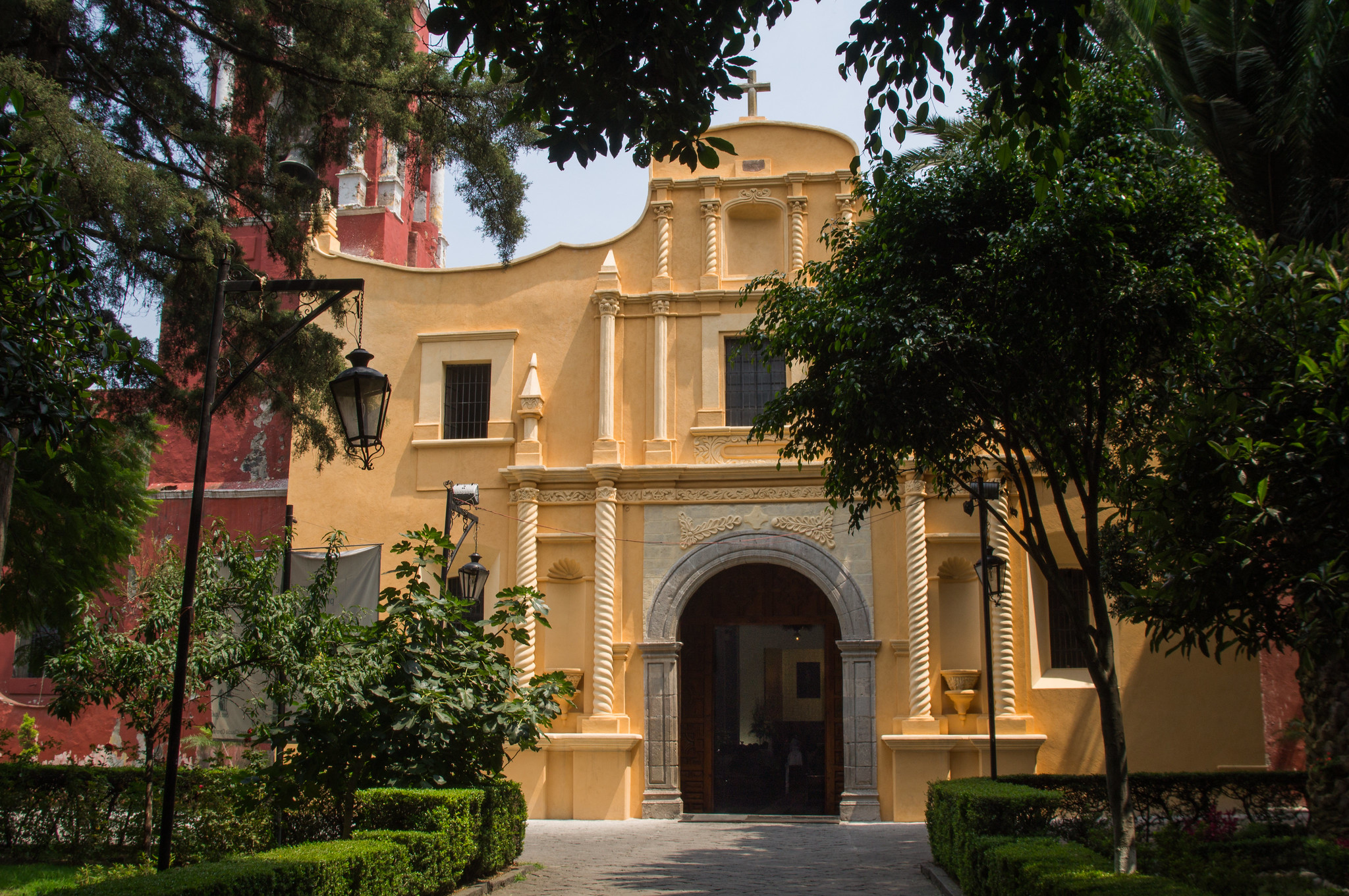
_
The San Agustín de las Cuevas Temple is a remarkable architectural complex right off the Constitution Square in the Center of Tlalpan. Built in the mid-17th century, much of the colonial history of Tlalpan is centered on this very church. However, the place today called Tlalpan was not renamed “Tlalpan” until 1855. Until that year, it was a town, albeit an important town, named for this very church. (For that history, see the Tlalpan Historic Center.)
When the Spanish arrived in the Valley of Mexico, Tlalpan was still part of the Xochimilca altepetl (city-state). During the Siege of Mexico-Tenochtitlan, the people of the town joined the side of the Xochimilcas and the Spaniards. They were thus rewarded with a greater deal of autonomy although the town remained part of Xochimilco until 1540.
The town received the first Franciscan missionaries in the 1530s. They built a small hermitage dedicated to the Virgin of the Rosary. Today, this is the chapel on the south side of the temple and is still thus dedicated. Soon proving insufficient though, a newer church dedicated to Saint Augustine was planned. By the end of the 16th century, those original Franciscans were replaced by Dominicans. They built the monastery complex next to the Temple of San Agustín, as well as those in Santa María Tepepan, San Pedro Apóstol, and a Calvary Chapel.
Photos above: Alejandro Linares Garcia on Wikimedia Commons
The first building was begun already in 1532. The church we see today was begun 100 years later, and built between 1637 and 1647. Both the temple and the attached monastery were at least laid out at this time, though were continually modified over the next 150 years. With three additional chapels, the complex includes a baptistery, a sacristy, and a cloister. The temple, and thus the town, were dedicated to Saint Augustine because the Franciscans dated there arrival there to August 28, the feast day of Saint Augustine.
An elaborate building of three naves, the façade is decorated in stucco ornamentation. An iron clock was placed on the church tower in 1830. This stopped working in 1932 and went missing soon after. It was never recovered. To the north is a Chapel dedicated to Our Lady of Sorrows, which is home to a strong collection of paintings and sculptures of saints and the Virgin dated from the 14th to the 16th centuries.
As mentioned, the San Agustin de las Cuevas Church has undergone several modifications. The Sacred Heart of Mary Chapel of the Capuchin Convent, once part of the same complex, is a bit further east on the Calle Miguel Hidalgo. The church is still central to the very center of Tlalpan’s centro neighborhood.
 sanagustindelascuevas@hotmail.com
sanagustindelascuevas@hotmail.com
 (55) 5573 2373
(55) 5573 2373
 https://www.facebook.com/San-Agustin-de-las-Cuevas-154440844607872
https://www.facebook.com/San-Agustin-de-las-Cuevas-154440844607872
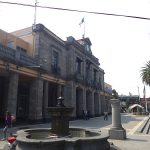
Nearest at 0.06 kms.
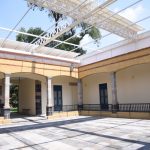
Nearest at 0.08 kms.
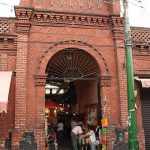
Nearest at 0.10 kms.
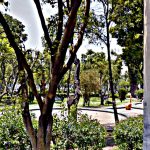
A charming neighborhood park in Tlalpan . . .

A 24-hour flower market in a busy corner of Tlalpan's hospital district . . .
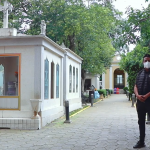
One of the most haunted places in the Center of Tlalpan . . .

One of Tlalpan's premier performing arts venues . . .

One of Mexico City's leading contemporary art communities . . .